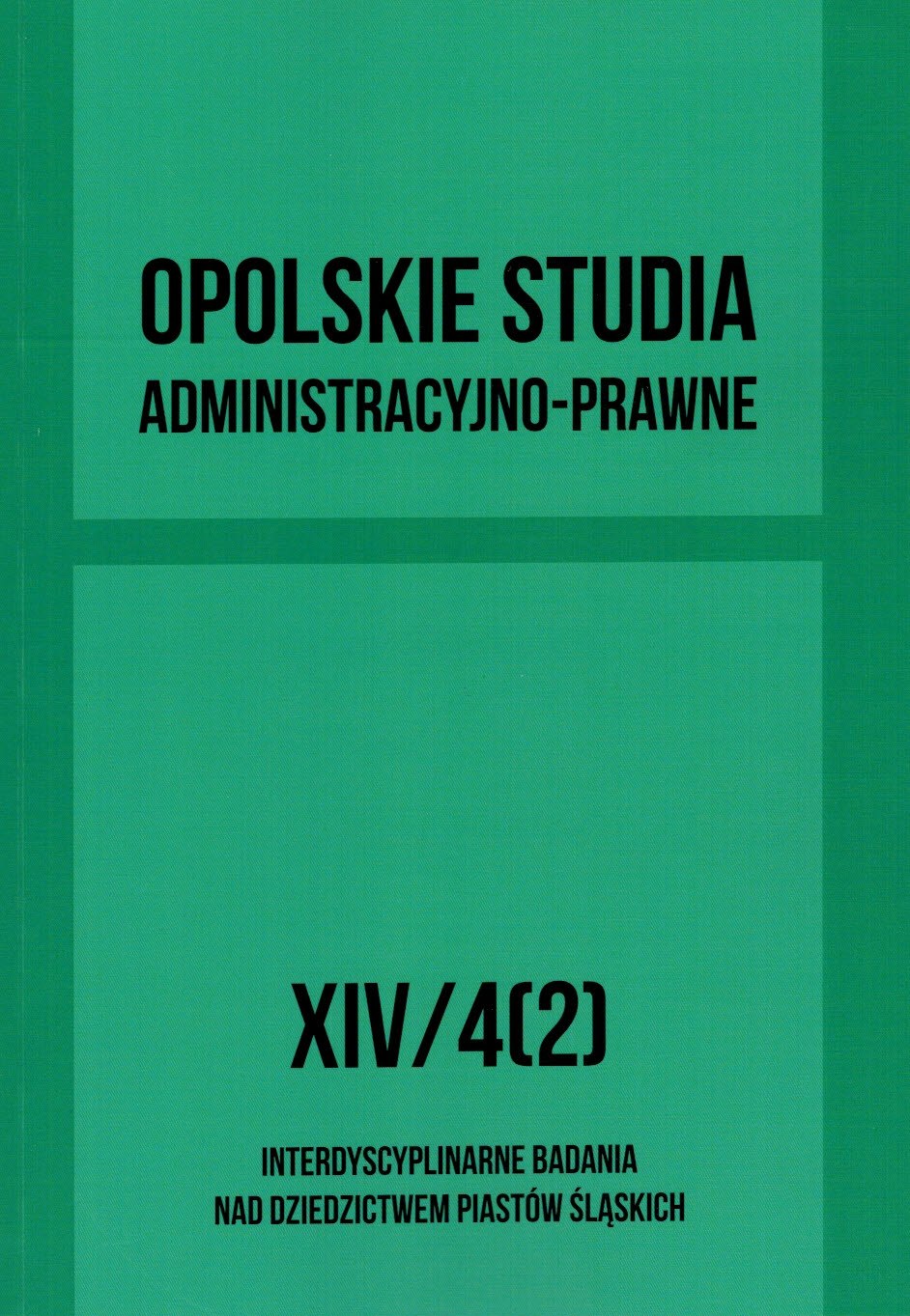W poszukiwaniu Piastów
In search of the Piasts
Author(s): Luiza Handschuh, Ireneusz Stolarek, Anna Juras, Michał Zeńczak, Małgorzata Marcinkowska-Swojak, Anna Myszka, Dawid Trzciński, Aleksandra Losik-Sidorska, Jakub Wojtczak, Anna Philips, Artur Różański, Artur Dębski, Piotr Kozłowski, Marzena Matla, Józef Dobosz, Tomasz Jasiński, Janusz Piontek, Hanna Kóčka-Krenz, Marek FiglerowiczSubject(s): History, Archaeology, Local History / Microhistory, Middle Ages
Published by: Uniwersytet Opolski
Keywords: The Piasts; genetic tests; DNA sequencing; ancient DNA (aDNA); mitochondrial DNA (mt DNA); Y chromosome
Summary/Abstract: The origin of the Piast dynasty is a matter of lively discussions and disputes. At least a few controversial hypotheses exist, but their credibility is difficult to assess due to the scarcity of written as well as material sources, especially from the time of Polish state formation. Life sciences, however, can support history and archeology. Application of genetic tests, used earlier mainly in forensic laboratories, enabled identification of the remains of King Richard III, the Romanov dynasty members and Nicolaus Copernicus. Contemporary DNA studies, based on next generation DNA sequencing, outreach the narrow area of known markers such as mitochondrial DNA (mtDNA) and selected regions of Y chromosome. Although ancient DNA (aDNA), extracted from remains, is usually highly degraded and contaminated with genetic material of microorganisms, there are methods which allow for the analysis of such material and retrieval of information about origin, kinship and some phenotypic features of an individual. Genetic studies of the Piast dynasty, a subject of our research project, have to deal with numerous difficulties. In or der to gain access to bone samples, we need to meet a number of formal requirements. Moreover, despite the existence of available abundant documentation on the Piast burials, the actual situation is not always consistent with the written sources. Our first experiences show how difficult it is to localize the remains, identify them and extract DNA of sufficient quality.
Journal: Opolskie Studia Administracyjno-Prawne
- Issue Year: XIV/2016
- Issue No: 4 (2)
- Page Range: 63-77
- Page Count: 15
- Language: Polish

